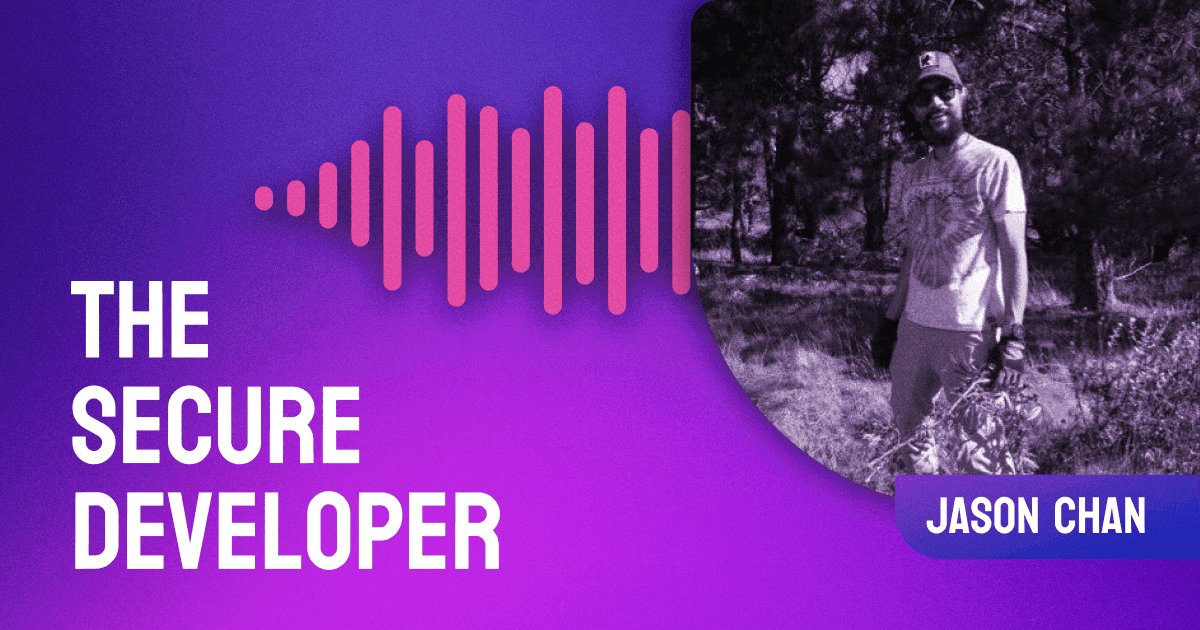In episode 24 of The Secure Developer, Guy is joined by Omer Levi Hevroni, DevSecOps Engineer at Soluto, to discuss application security, OWASP, security ‘mavens,’ and more.
The post Ep. #24, Application Security with Omer Levi Hevroni appeared first on Heavybit.





